GraphQL is an open-source data query and manipulation language for APIs, and a runtime for executing those queries by using a type system you define for your data. Developed by Facebook in 2012 and released publicly in 2015, GraphQL provides a more efficient, powerful, and flexible alternative to the traditional REST API.
Core Concepts
Schema and Types
At the heart of GraphQL is its strongly-typed schema. The schema defines the types of data that can be queried and the relationships between these types. This allows clients to understand the structure of the data they can request, making API interactions more predictable and reliable.
- Scalar Types: Basic data types such as
Int,Float,String,Boolean, andID. - Object Types: Custom types defined in the schema. For example, a
Usertype might include fields likeid,name, andemail. - Query Types: Defines the entry points for read operations.
- Mutation Types: Defines the entry points for write operations.
- Subscription Types: Defines the entry points for real-time updates.
Queries
A GraphQL query is used to read or fetch values. Unlike REST, where multiple endpoints might be needed to fetch related resources, a single GraphQL query can request data from multiple resources in a single request. This is made possible through nested queries.
Example query:
{
user(id: "1") {
name
posts {
title
comments {
text
}
}
}
}
Mutations
Mutations are used to modify server-side data. They can create, update, or delete data and can return the modified state of the data.
Example mutation:
mutation {
createPost(input: {title: "New Post", content: "This is a new post"}) {
id
title
content
}
}
Subscriptions
Subscriptions allow clients to receive real-time updates from the server. This is particularly useful for applications that require live updates, such as chat applications or live sports scores.
Example subscription:
subscription {
postAdded {
id
title
content
}
}
Advantages of GraphQL
Declarative Data Fetching
GraphQL queries enable clients to specify exactly what data they need, and nothing more. This eliminates the over-fetching and under-fetching problems common in REST APIs.
Strongly Typed Schema
The schema acts as a contract between the client and server. This not only makes the API self-documenting but also helps in validating queries at compile-time, leading to fewer runtime errors.
Flexibility and Efficiency
With GraphQL, clients can request multiple resources in a single query. This reduces the number of network requests required, improving performance and efficiency. Clients can also shape the response to their needs, which can lead to significant reductions in the amount of data transferred.
Real-Time Capabilities
Through subscriptions, GraphQL provides real-time capabilities, enabling clients to receive live updates as data changes on the server.
Implementing GraphQL
To implement a GraphQL server, you need to define the schema and resolver functions. The resolvers are responsible for fetching the data for the queries and mutations.
Example with Node.js and Express
First, install the necessary packages:
npm install express express-graphql graphqlDefine the schema and resolvers:
const { graphqlHTTP } = require('express-graphql');
const { buildSchema } = require('graphql');
const express = require('express');
const schema = buildSchema(`
type Query {
hello: String
}
`);
const root = {
hello: () => 'Hello world!'
};
const app = express();
app.use('/graphql', graphqlHTTP({
schema: schema,
rootValue: root,
graphiql: true,
}));
app.listen(4000, () => console.log('Now browse to localhost:4000/graphql'));This simple server listens on port 4000 and provides a single query, hello, that returns a string.
GraphQL Clients
Clients can be any consumer that can make HTTP requests, such as web browsers, mobile applications, or other servers. Libraries such as Apollo Client and Relay provide advanced features for working with GraphQL in JavaScript applications.
Example with Apollo Client
First, install Apollo Client:
npm install @apollo/client graphqlThen, use it in your React application:
import React from 'react';
import { ApolloProvider, ApolloClient, InMemoryCache, gql, useQuery } from '@apollo/client';
const client = new ApolloClient({
uri: 'http://localhost:4000/graphql',
cache: new InMemoryCache()
});
const GET_HELLO = gql`
query {
hello
}
`;
const Hello = () => {
const { loading, error, data } = useQuery(GET_HELLO);
if (loading) return <p>Loading...</p>;
if (error) return <p>Error :(</p>;
return <p>{data.hello}</p>;
};
const App = () => (
<ApolloProvider client={client}>
<Hello />
</ApolloProvider>
);
export default App;
Conclusion
GraphQL represents a significant advancement over traditional REST APIs, providing a flexible, efficient, and powerful way to interact with server data. Its ability to request exactly what is needed, combined with its strongly typed schema and real-time capabilities, makes it a compelling choice for modern web and mobile applications. As GraphQL continues to evolve, it promises to shape the future of API development.
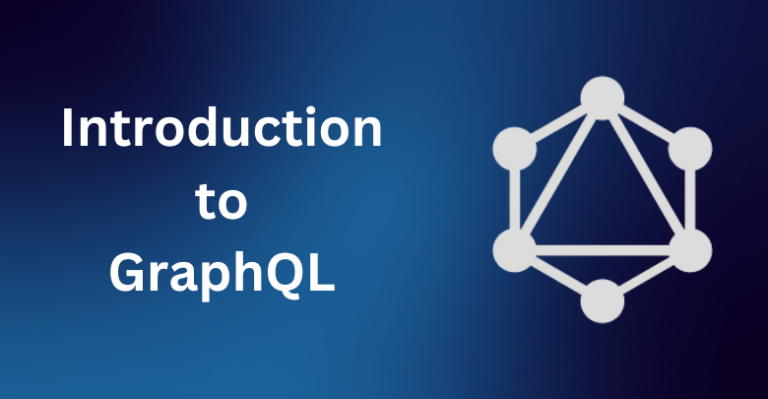



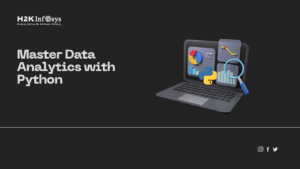
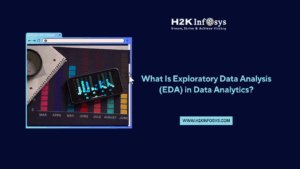












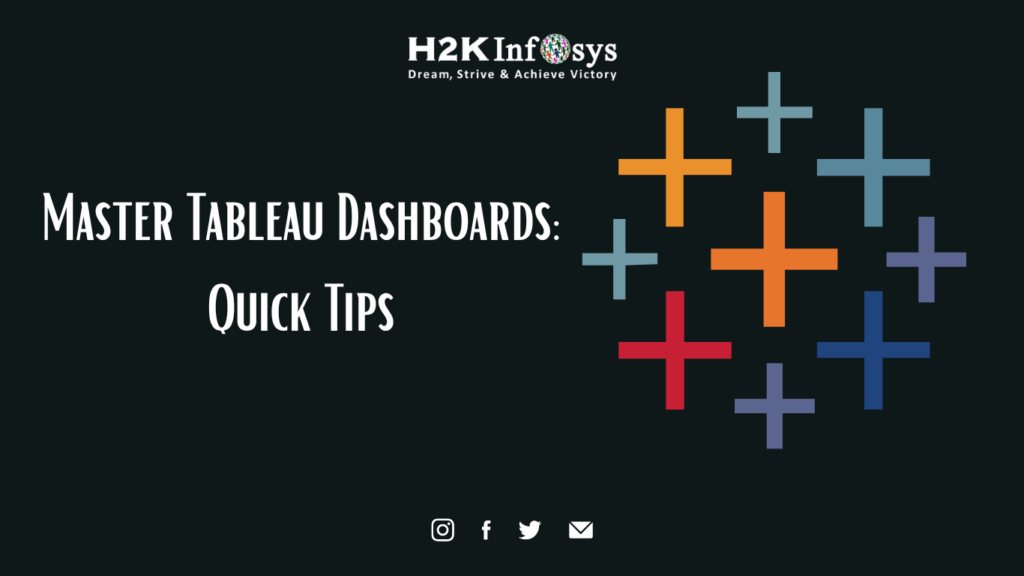
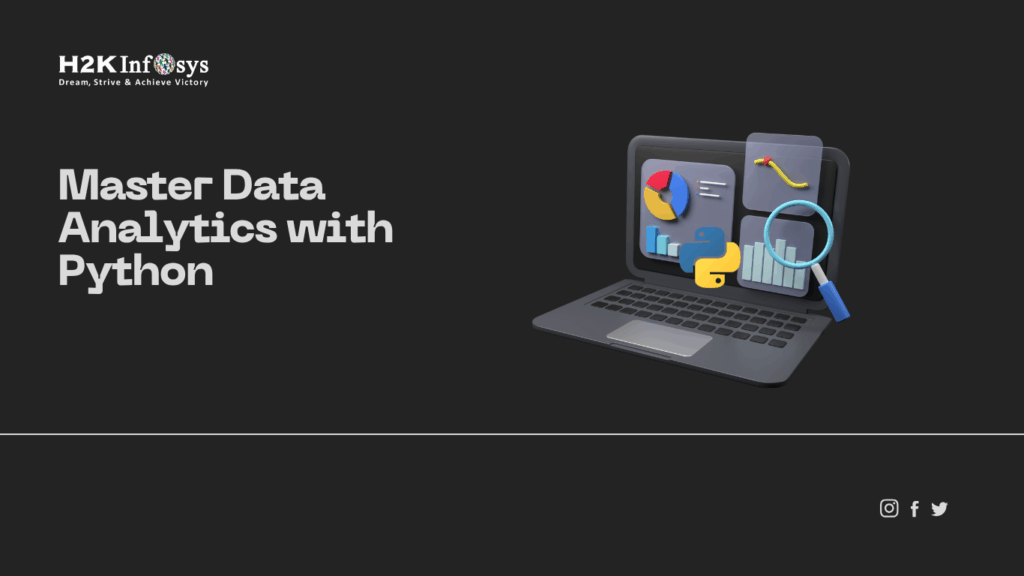
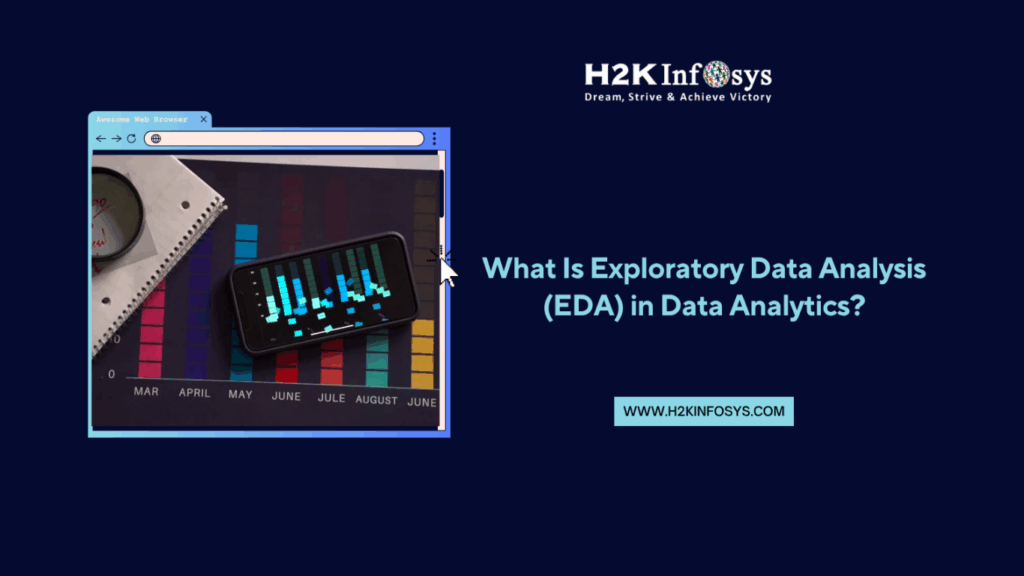


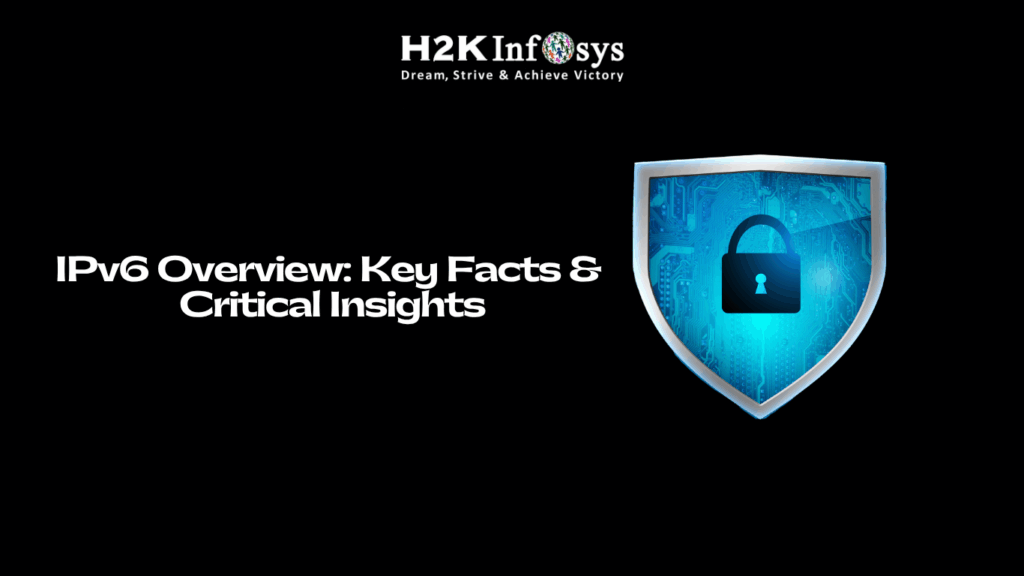


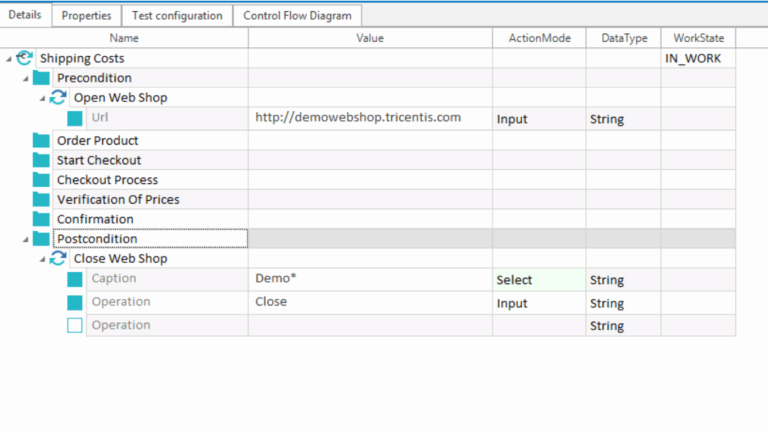
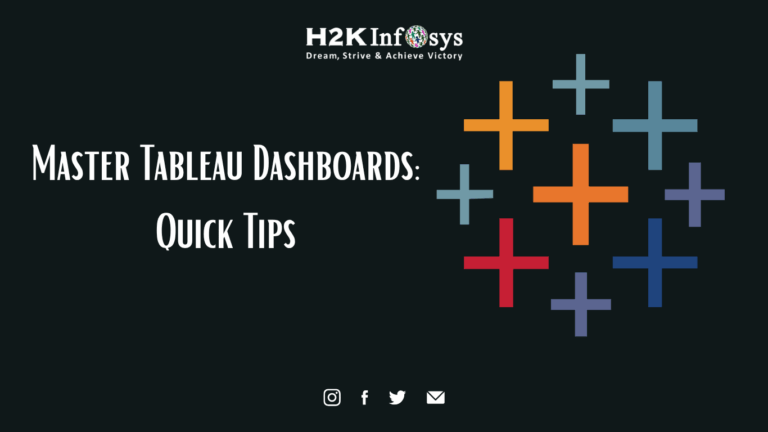

One Response